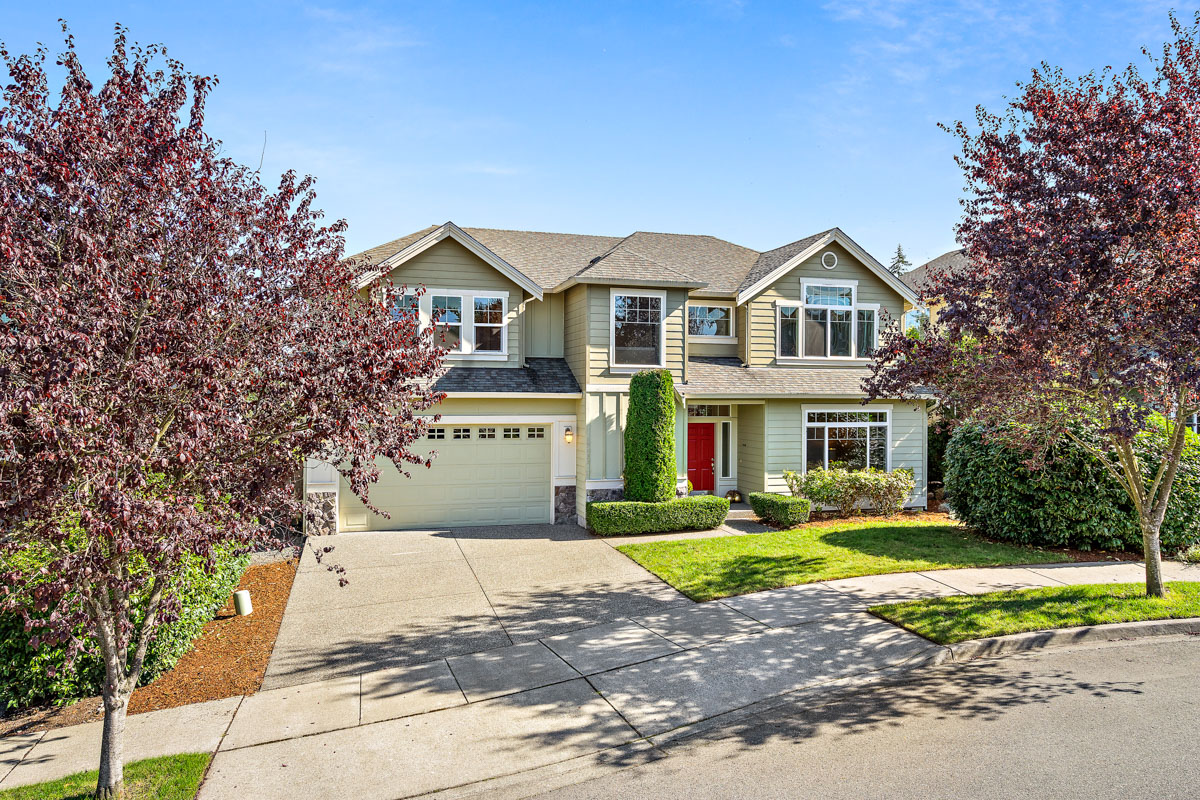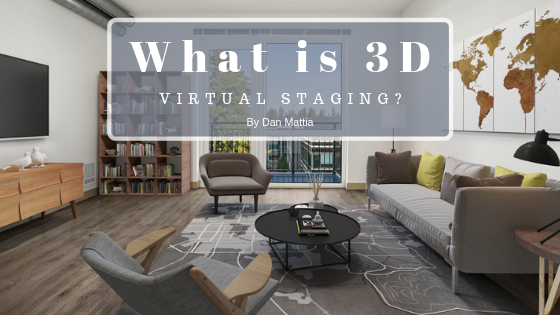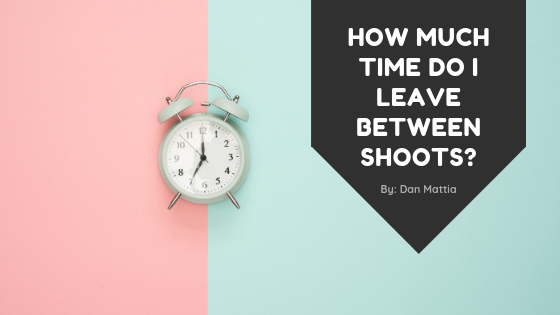Home staging has significant benefits to selling a home faster and for more money. According to the National Association of Realtors, 83 percent of buyers’ agents claim staging a home makes it easier for a buyer to envision it as their future home.
But traditional staging — physically staging a home with furniture and decor — isn’t always economical. The national average for the cost of traditional home staging is between $2,300 and $3,200. In addition, traditional home staging isn’t the most environmentally friendly staging solution.
Why Is Traditional Staging So Expensive?
Despite the average cost of traditional home staging, prices vary depending on your location and the size of your home. The cost of traditional staging includes:
- A consultation fee
- Number of rooms to stage
- A monthly rental fee for the staged furniture and decor
The staging fee pays for movers and to stage the furniture in your home. But where does the furniture come from?
It’s important that the staging furniture matches the style of your home and market. Unless your existing furniture already does so, a stager will draw items from a stored collection. Once your home’s been cleaned and decluttered and the staged items moved in, the stager will arrange a layout that works.
Virtual Staging is an Eco-Friendly Home Staging Solution
The younger generations are increasingly eco-friendly and cognizant of the impact of waste upon the environment. When compared to traditional home staging, virtual staging is:
- More affordable
- Consumes less physical resources (gas for transportation, the necessity of physical furniture)
- Less wasteful (furniture doesn’t sit unused in storage)
- Less time spent in the property and overseeing the process
Virtual staging provides all the benefits of traditional staging with none of the requisite waste. Unused furniture isn’t pulled out from storage and transported across towns in gas-guzzling trucks, only to be stored away again after a home is sold.
Instead, a vacant home is virtually edited to look lived in and welcoming. Or, if it’s still lived in, a virtual stager cuts out undesired furniture and decor to replace it with a virtual counterpart.
All of this translates to a lower cost, too. Compared to the high upfront and rental costs of traditional staging, virtual staging can cost as little as a one-time fee of $100 per photo.
Other Environmentally Friendly Benefits of Virtual Staging
Using traditional staging to stage a home you’re still living in can put a kink in the normal conveniences of your life. Perhaps the most inconvenient change is packing up and storing away all your existing furniture and belongings.
While you’re living in a staged home, it may very well not feel as if it’s yours any longer. A stranger’s furniture will adorn the staged rooms, transforming your home into a showcase — while your furniture languishes in storage, unused.
You will also consume fuel to transport your furniture to storage. On top of that, storage units take up land that could otherwise be used for more productive and environmentally conscious purposes.
With virtual staging, there’s little physical impact on your home and the environment itself. Short of tidying up your space and some minor repairs or painting (though those can be fixed virtually, too), fewer resources are consumed with virtual staging than traditional home staging.
Not only will you be saving money, but you’ll also limit the impact of staging on the environment. It’s a small victory, but a victory nonetheless.
Choose Virtual Home Staging Over Traditional Staging
In most cases, virtual home staging works just as well — if not better — than traditional home staging. The impact of virtual staging on your life is significantly less than that of traditional staging. Virtual staging is also more environmentally friendly and cost-effective.
Depending on your market, you may not have to stage at all. In hot markets, homes may fly off the figurative shelf. For others, weigh the pros and cons of virtual and traditional staging to decide which is right for you and your views on the world we share together.
No matter the route you choose, hire a photographer to work in conjunction with your agent and stager to sell your home faster and for more money.



